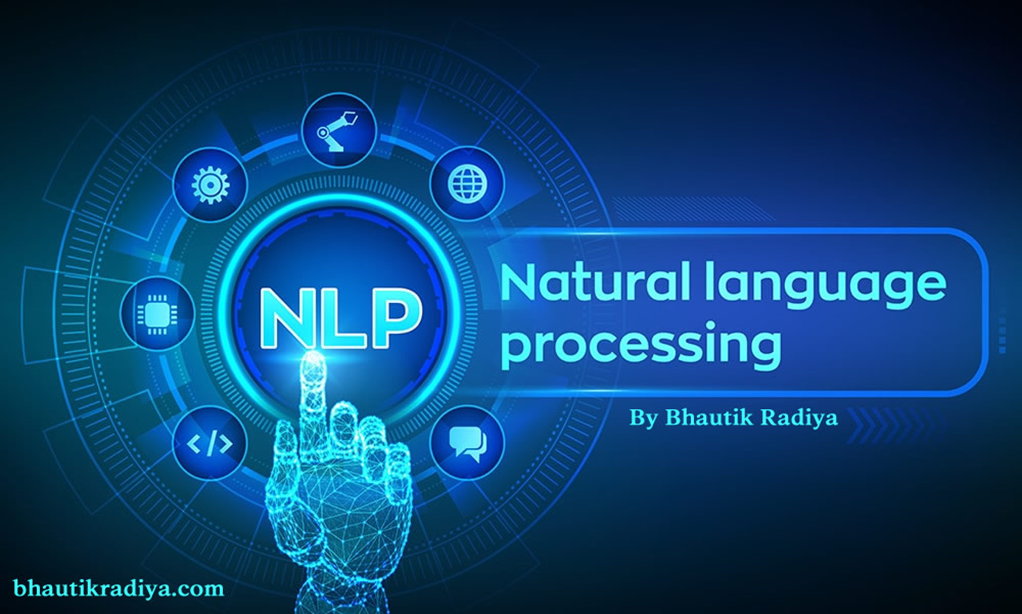1. Job Recommendation Systems
- Algorithm: Collaborative Filtering or Content-Based Filtering
- Details:
- Collaborative Filtering: Uses user interactions and behaviors (e.g., users who applied to similar jobs) to recommend jobs.
- Content-Based Filtering: Analyzes job descriptions, resumes, or candidate profiles to recommend jobs based on matching skills and experience.
- Advanced: Matrix Factorization (e.g., using Singular Value Decomposition or Alternating Least Squares) or Neural Collaborative Filtering (NCF).
- Details:
2. Salary Prediction
- Algorithm: Regression Models
- Details:
- Linear Regression: Basic model to predict salaries based on input features like education, experience, location, and job title.
- Advanced: Random Forest, Gradient Boosting (e.g., XGBoost, CatBoost), or Neural Networks can improve accuracy by handling complex interactions between features.
- Details:
3. Job Classification (e.g., Predicting Job Category)
- Algorithm: Classification Models
- Details:
- Logistic Regression: Used for binary classification (e.g., is this a tech job or not?).
- Advanced: Decision Trees, Random Forest, Support Vector Machines (SVM), or Neural Networks for multi-class classification (e.g., classifying jobs into categories like finance, tech, healthcare, etc.).
- Details:
4. Candidate Resume Matching
- Algorithm: Natural Language Processing (NLP) Models
- Details:
- TF-IDF with Cosine Similarity: To find the similarity between resumes and job descriptions based on keywords.
- Advanced: Word2Vec, BERT, or GPT-based models for more semantic understanding of resumes and job descriptions, improving matching quality.
- Details:
5. Churn Prediction (Employee Turnover Prediction)
- Algorithm: Classification Models
- Details:
- Logistic Regression: Predicts whether an employee will leave or stay.
- Advanced: Random Forest, XGBoost, or Neural Networks, often paired with SHAP or LIME for interpretability of feature importance.
- Details:
6. Fraud Detection in Job Applications
- Algorithm: Anomaly Detection Algorithms
- Details:
- Isolation Forest: Detects outliers by isolating anomalies in the data.
- One-Class SVM: For identifying fraudulent applications or data inconsistencies.
- Advanced: Autoencoders or Neural Networks for more complex anomaly detection.
- Details:
7. Job Demand Forecasting
- Algorithm: Time Series Forecasting
- Details:
- ARIMA (AutoRegressive Integrated Moving Average): For basic time-series analysis to predict the future demand of certain jobs based on historical data.
- Advanced: Prophet (by Facebook), LSTM (Long Short-Term Memory), or other recurrent neural networks (RNNs) for better capturing long-term dependencies in job trends.
- Details:
8. Skills Gap Analysis
- Algorithm: Clustering Algorithms
- Details:
- K-Means Clustering: Groups job openings based on skill requirements, which can be used to find gaps in available skills in a candidate pool.
- Hierarchical Clustering: Can be used to analyze how job roles evolve over time by clustering similar roles together.
- Details:
9. Sentiment Analysis on Job Reviews or Feedback
- Algorithm: Sentiment Classification Models
- Details:
- Naive Bayes or Logistic Regression: For basic sentiment classification on job feedback or company reviews.
- Advanced: BERT or Transformer models for deeper context understanding and more accurate sentiment analysis.
- Details:
10. Diversity and Inclusion Analysis
- Algorithm: Data Mining & Statistical Algorithms
- Details:
- Association Rule Mining: Helps to find patterns or trends in job applications related to diversity metrics.
- Advanced: Logistic Regression or Decision Trees can help assess and analyze diversity in recruitment and job placement practices.
- Details:




Thank you for the good writeup It in fact was a amusement account it Look advanced to far added agreeable from you However how could we communicate